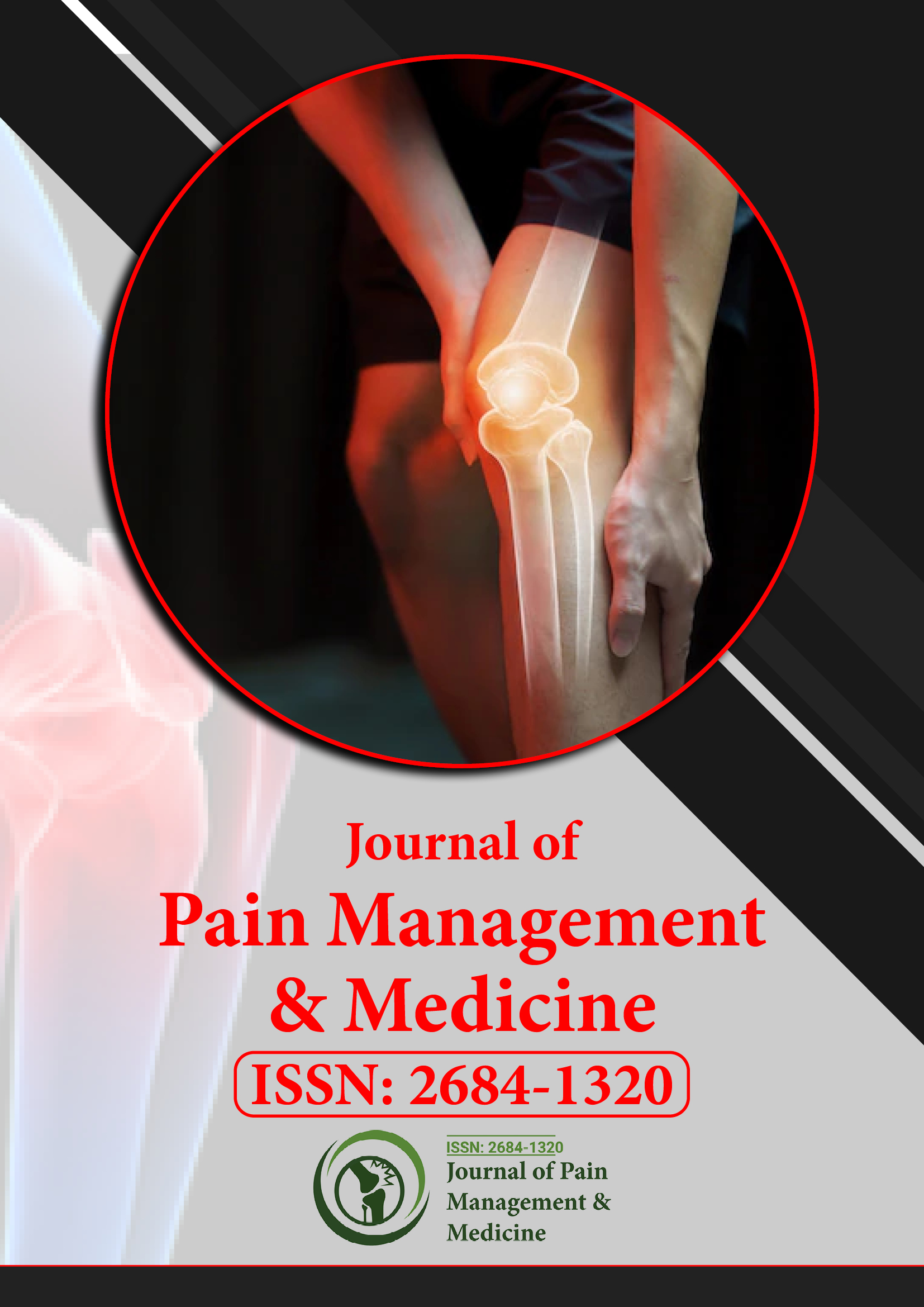索引于
- 参考搜索
- 哈姆达大学
- 亚利桑那州EBSCO
- 普布隆斯
- 欧洲酒吧
- 谷歌学术
- 优质开放获取市场
分享此页面
期刊传单

抽象的
腰椎手术失败综合症中的硬膜外纤维化预防
阿蒂利奥·德拉·托雷、多梅尼科·拉托雷、保拉·拉克罗斯、安吉洛·拉瓦诺
硬膜外纤维化被认为是腰椎椎板切除术和椎间盘切除术 (FBSS) 后反复疼痛的原因:它是手术的直接后果,会影响前后硬膜外和根尖周围空间。其扩展与骨缺损的大小和手术解剖面积成正比:不完全止血和存在较大的硬膜外血肿有利于其扩展超过骨缺损的范围。纤维化可能源于切除椎间盘时受损的纤维环、覆盖硬膜的肌肉下表面、手术区棉花碎片的滞留或髓核残留产生的刺激性物质。
关于硬膜外纤维化在疼痛发生中的作用的先进假设是神经机械、神经内纤维化和脱髓鞘、髓核残留物释放化学介质。预防疤痕形成基于两个因素:正确的手术技术和使用插入材料。插入材料可能是生物的,也可能是非生物的。使用的生物材料是游离脂肪移植、带蒂脂肪移植、黄韧带和硬脑膜。非生物材料有多孔(明胶海绵、阿维汀、骨蜡)和无孔(涤纶、聚甲基丙烯酸甲酯、膨胀聚四氟乙烯、透明质酸、碳水化合物聚合物凝胶和羧甲基纤维素凝胶)。
免责声明: 此摘要通过人工智能工具翻译,尚未经过审核或验证